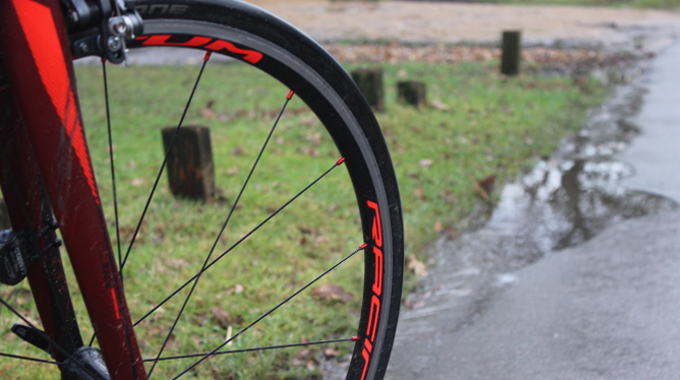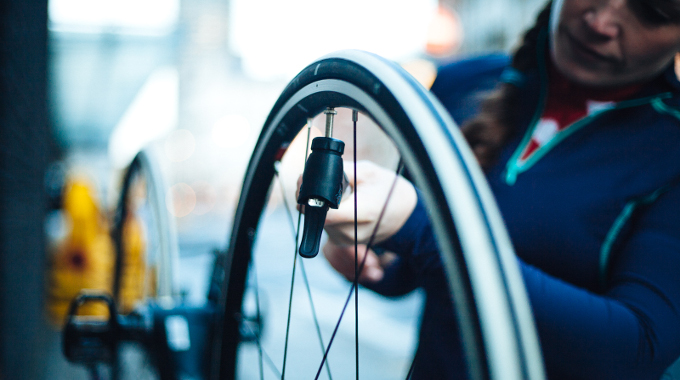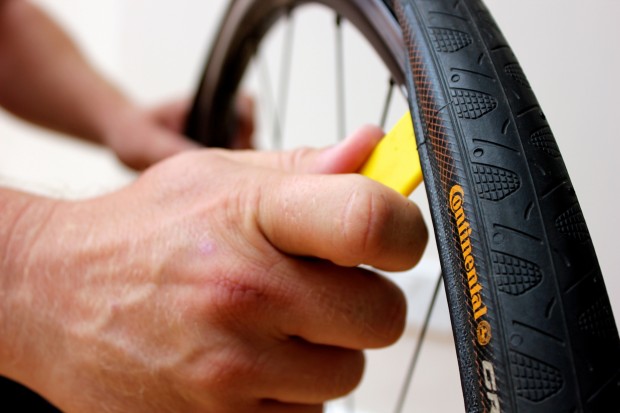Tyre pressure can dramatically affect your ride – go too low and you’re at risk of repeated punctures, but riding with your rubber hard as a rock will cause the bike to skit over every bump in your path.
To be clear – the ‘maximum’ printed in the tyre side wall is exactly that – it’s not the optimum, as has been a widely believed misconception for some time. The perfect pressure varies between individuals – factors include riding style, rider weight, expected terrain and weather conditions.
- PSI: Pounds per square inch, is the unit used to measure tyre pressure. A good track pump will show your pressure in PSI on a dial
To help us negotiate the sea of influential factors, we looked for an expert – and found one in Matthew Wakeford. Matt is an ex-professional racer, who started bike racing aged fifteen. Since retiring, he has worked as a mechanic on pro teams, in the SRAM Technical Centre, and he now manages Maison du Velo bike (and coffee) shop in Cranleigh (Surrey).
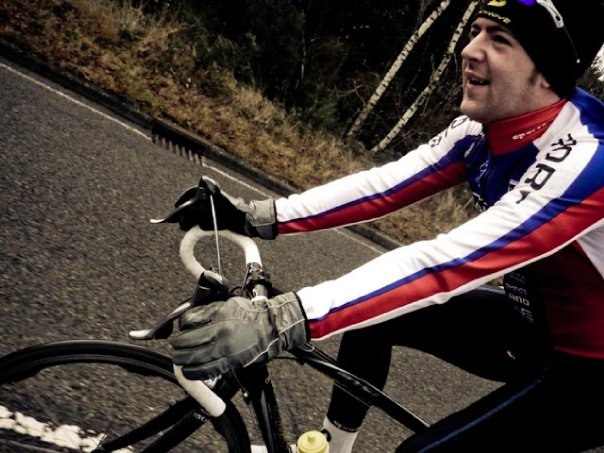
We discussed the factors involved, and the effect they have, eventually creating a chart of basic suggestions that you can work from. We’ve stuck to talking about clincher tyres – but you can think about going tubeless which might allow you to run lower pressures and avoid punctures.
What sort of riding are you doing?
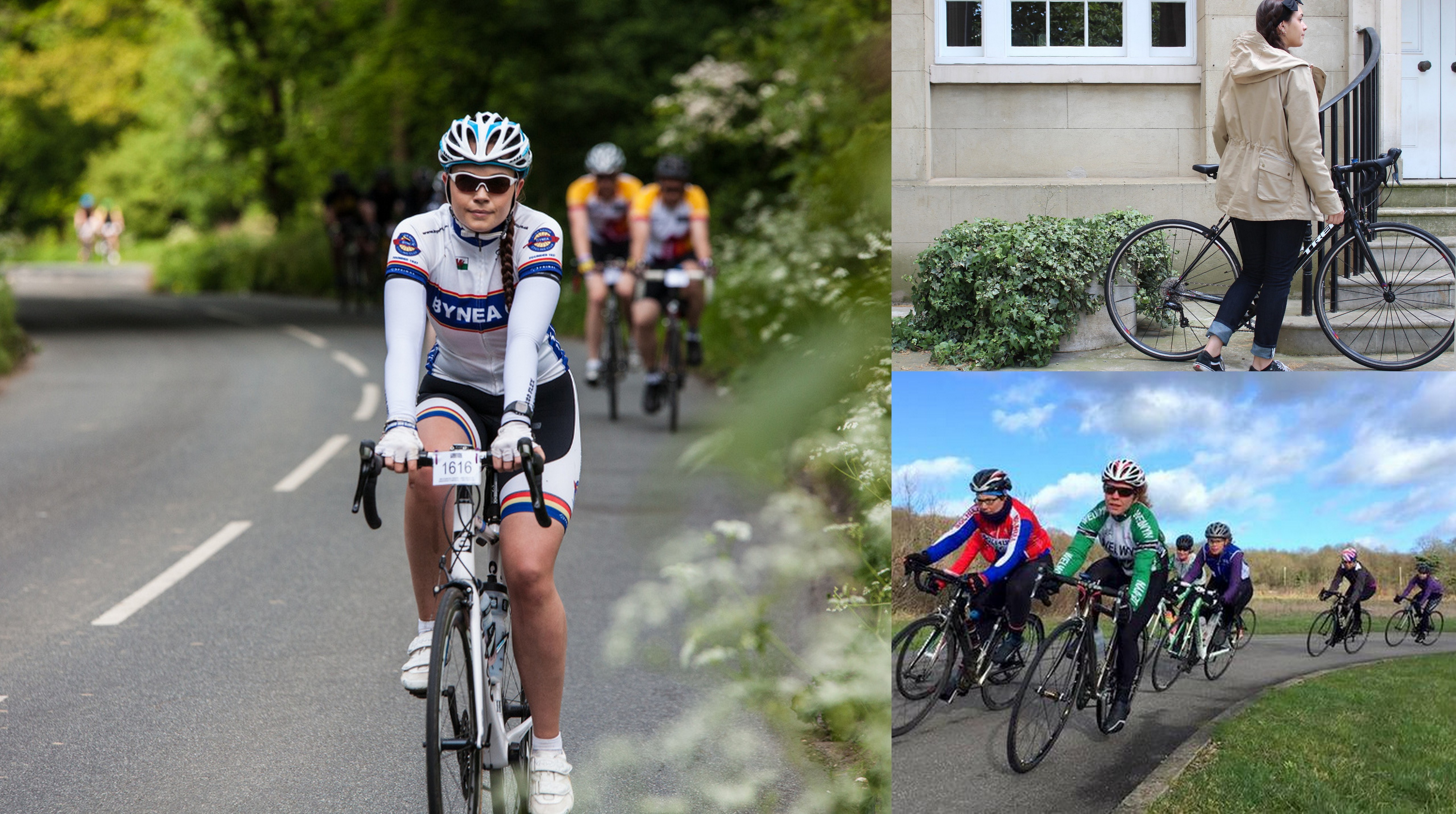
Before you decide what width tyres to run, and how much to pump them up by, you need to examine your own riding and goals.
Beginners: How to Pump Your Tyres
Matt told us: “Tyre pressure is important to different riders, for different reasons. If you’re racing or time trialling, and go too low, you’ll have more rolling resistance. That’s not what you want. But go too high and you’ll lack grip and the tyres will skit over the road surface. If you’re riding a sportive, or out training, you’re going to want a lower pressure – something more comfortable so you don’t have to spend all your time on a smooth gravel road. You can venture off on uneven roads and you’re not going to come back and find your neck is killing you. Commuters don’t need to worry so much about rolling resistance – the speed of getting to work is less important, most are going to be more worried about getting punctures and being comfortable.”
Weight comes in to it too. A lighter rider causes the tyre to depress less against the ground, so they’ll need to run a lower pressure to get the same effect as a heavier rider, and vice versa.

